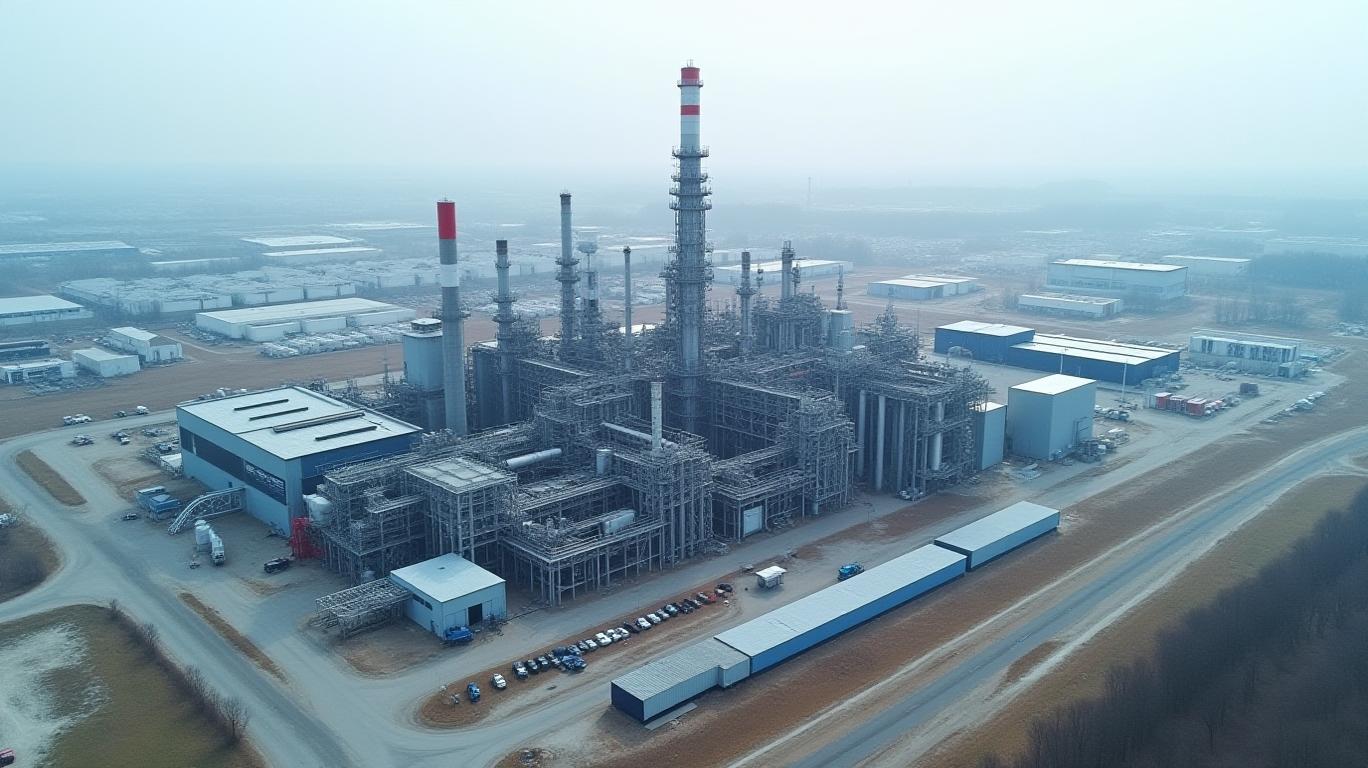Smurfit Westrock Plc Q1 2025: Navigating Challenges with Strategic Resilience
The first quarter of 2025 brought a mix of progress and uncertainty for smurfit westrock Plc, the global packaging giant formed by the merger of Smurfit Kappa and WestRock in 2024. Amid economic headwinds and operational restructuring, the company demonstrated resilience through robust financial performance, aggressive cost-cutting, and strategic investments. Here’s a deep dive into the numbers and the path forward.

Financial Highlights: Growth Amid Integration
Smurfit Westrock’s Q1 2025 results reflect the scale of its post-merger operations. Net sales surged to $7.66 billion, a dramatic increase from $2.93 billion in Q1 2024, though this reflects the consolidation of WestRock’s financials. Adjusted EBITDA rose to $1.25 billion (16.4% margin), slightly above prior-year levels, while net income reached $382 million (5.0% margin). Despite these gains, adjusted free cash flow remained negative at -$144 million, though this improved from -$130 million in Q1 2024.
The company’s decision to prioritize debt management is evident: a $2.75 billion bond offering with staggered maturities (2030, 2034, 2054) at coupons between 5.2% and 5.78% underscores its focus on long-term liquidity. Meanwhile, the $0.4308 per-share dividend, the first since the merger, signals confidence in cash flow stability.
Operational Restructuring: Pain for Profit
The quarter was marked by aggressive capacity rationalization. Smurfit Westrock closed four facilities in the U.S. and Germany, shedding 650 jobs and 600,000 tons of paper capacity. These moves followed prior closures in Mexico and the Netherlands, reducing North American headcount by 1,800 since the merger. While such cuts incur $100 million in additional downtime costs in Q2, management views them as critical to achieving $350 million in 2025 synergies—part of a $400 million annual target.
Investments in new converting plants in Washington and Wisconsin, along with a Bag-in-Box facility in South Carolina, highlight a focus on high-margin, customer-centric growth. CEO Tony Smurfit emphasized “quick-win” projects—140 initiatives in North America expected to deliver $50 million in EBITDA gains by 2026—while 60+ projects in EMEA/APAC aim for $20 million in savings by 2026.
Navigating Risks: Tariffs, Demand, and Debt
Despite these efforts, challenges loom. The company faces potential $100 million annual tariff costs if U.S.-EU trade disputes escalate. To mitigate this, Smurfit Westrock is shifting production between Canadian and U.S. facilities—a strategy that has so far avoided material disruptions.
Demand remains fragile. While Q1 saw stabilization after March’s weakness, full-year 2025 EBITDA guidance ($5.0–5.2 billion) assumes only a “modest recovery” in the second half. CEO Smurfit noted “nervousness” among customers but stressed the company’s geographic diversification (40 countries) and “structural improvements” in North America as buffers against volatility.
The Bottom Line: A Strategic Gamble Paying Off?
Smurfit Westrock’s Q1 results are a testament to its merger integration progress and cost discipline. The $382 million net income and $1.25 billion EBITDA reflect operational efficiency gains, while the dividend underscores financial health.
The strategic pivot—closing underperforming facilities while investing in high-value converting capacity—aligns with long-term trends favoring sustainable packaging. The $400 million synergy target, if achieved, would boost margins meaningfully, especially as the company eyes $2.75 billion in debt maturing in 2030.
However, risks remain. Tariff disputes and weak demand could strain margins, and the negative free cash flow suggests capital allocation priorities may shift. Investors should monitor Q2’s $100 million downtime hit and the full-year EBITDA guidance of $5.2 billion.
Conclusion: A Buy for Long-Term Structural Plays
Smurfit Westrock’s Q1 results suggest the merger’s promise is materializing. Key metrics:
- Adjusted EBITDA margin up to 16.4%, vs. 16.2% in Q1 2024.
- $350 million synergies on track, with $50 million quick-win EBITDA gains by 2026.
- $0.4308 dividend yield of ~1.5% (based on current stock price), a sign of confidence.
While near-term risks like tariffs and demand softness are real, the company’s geographic diversification, debt management, and focus on high-margin converting capacity position it well for the $1 trillion global packaging market. For investors willing to weather short-term turbulence, Smurfit Westrock’s strategic moves make it a compelling play on structural industry trends.
In a sector where scale and agility matter, Smurfit Westrock’s post-merger results suggest it’s moving in the right direction—one shuttered plant and one new converting machine at a time.

_b905d9341749265671656.jpg)








